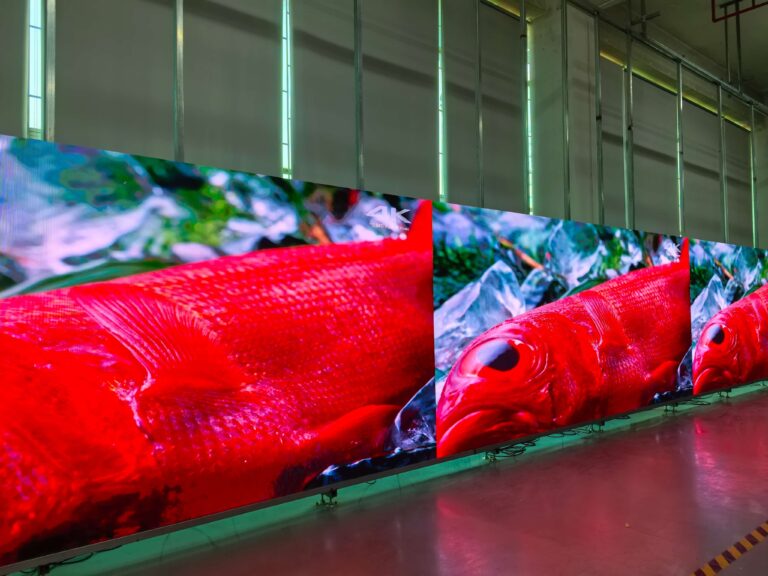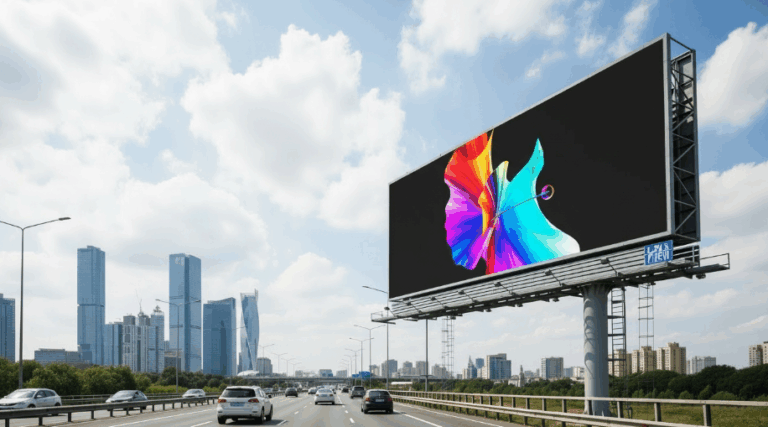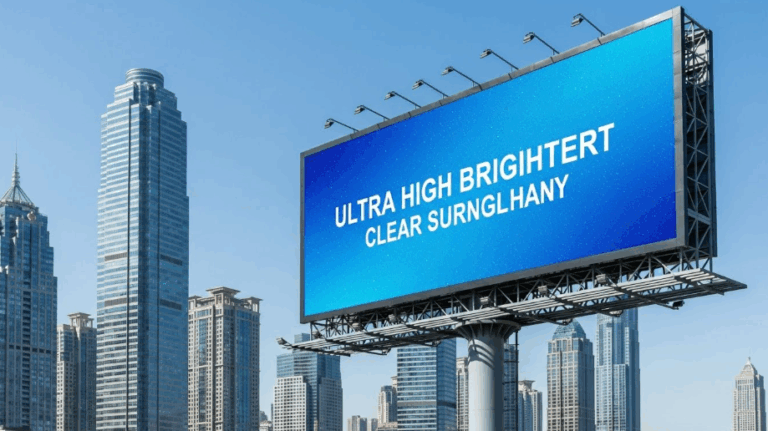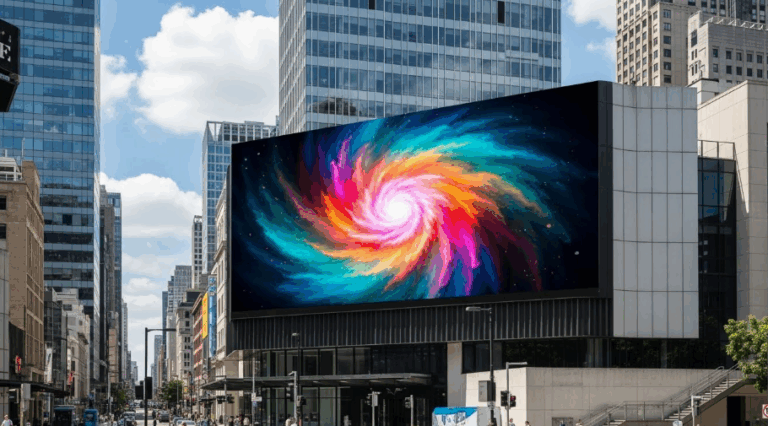Table of Contents
-
Differences Between 3D and Traditional Billboards
-
The Magic of “Naked-Eye” 3D
-
Key Application Scenarios for 3D LED Billboards
-
Common Questions Answered
-
Conclusion: The Long-Term Value of the Industry
Imagine walking down the streets of Kampala, when suddenly a massive billboard seems to come alive—a roaring lion appears to leap straight out of the screen, or a pair of sneakers spins 360 degrees in midair, every texture vividly visible.
This isn’t a sci-fi movie. It’s the 3D LED billboard revolution reshaping Uganda’s digital advertising landscape.
1. Differences Between 3D and Traditional Billboards
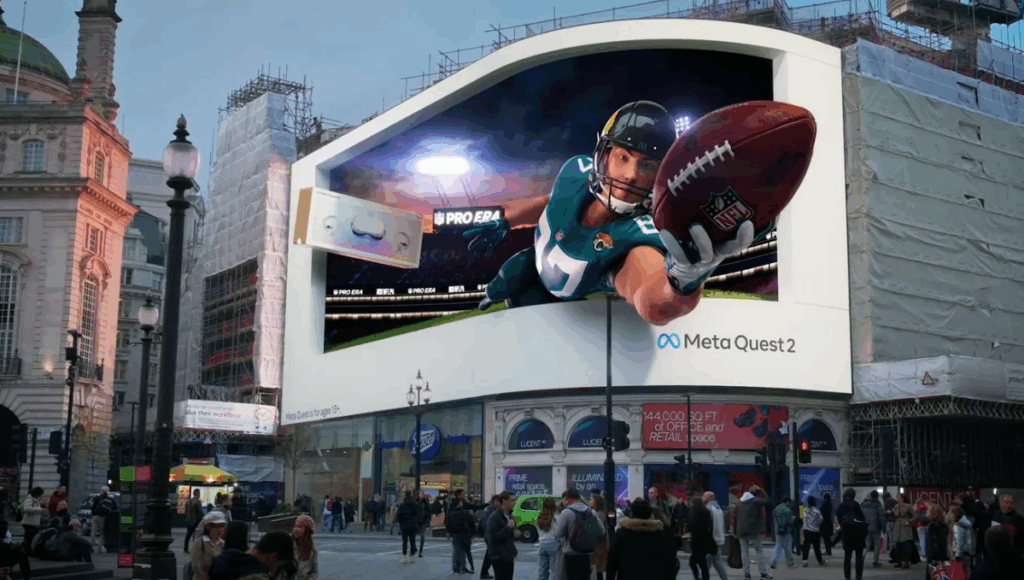
Traditional billboards rely on static images and limited text, offering little sense of motion or engagement. In contrast, 3D LED billboards merge technology with art to create a visually striking and immersive experience.
| Comparison Dimension | Traditional Billboards | 3D LED Billboards |
|---|---|---|
| Display Style | Static images, limited text | Naked-eye 3D animation, dynamic depth effects |
| Attention Level | Often ignored, visual fatigue | 200%+ higher viewer engagement due to visual impact |
| Update Process | Manual replacement, time-consuming | Digital content updates via remote control in minutes |
| Cost | Low initial cost, high long-term maintenance | Higher upfront investment, lower operational cost |
According to the Uganda Advertising Association, brands using 3D LED billboards receive approximately 3.5 times higher viewership than those using traditional signage.
2. The Magic of “Naked-Eye” 3D

“Naked-eye” 3D technology is what makes these billboards so mesmerizing. It works by using parallax imaging, presenting slightly different visuals to each eye. The brain merges them into a single image with depth and realism.
Immersive Visual Power:
3D content can mimic real-world physical effects—objects appearing to leap out, splashes of water bursting from the screen—creating a sense of presence and wonder.
No Special Equipment Needed:
Viewers don’t need 3D glasses or devices. This accessibility dramatically broadens the audience reach.
Stronger Brand Recall:
Studies show that 3D ads increase brand recall by about 30% compared to traditional 2D ads, thanks to their novelty and sensory engagement.
Limitless Creative Potential:
3D LED technology gives brands room for storytelling and emotion. From a local Ugandan beverage ad that feels like it’s bursting with freshness to a car commercial that races toward the viewer—creativity knows no bounds.
3. Key Application Scenarios for 3D LED Billboards
-
Commercial Complexes and Malls: For product launches, festive campaigns, and creating vibrant shopping atmospheres.
-
City Landmarks: Major intersections in Kampala’s CBD can host landmark-level displays for brand dominance.
-
Transportation Hubs: Bus stations and airports are prime locations for maximum footfall exposure.
-
Sports and Entertainment Events: For sponsor ads, concert backdrops, and immersive event branding.
4. Common Questions Answered
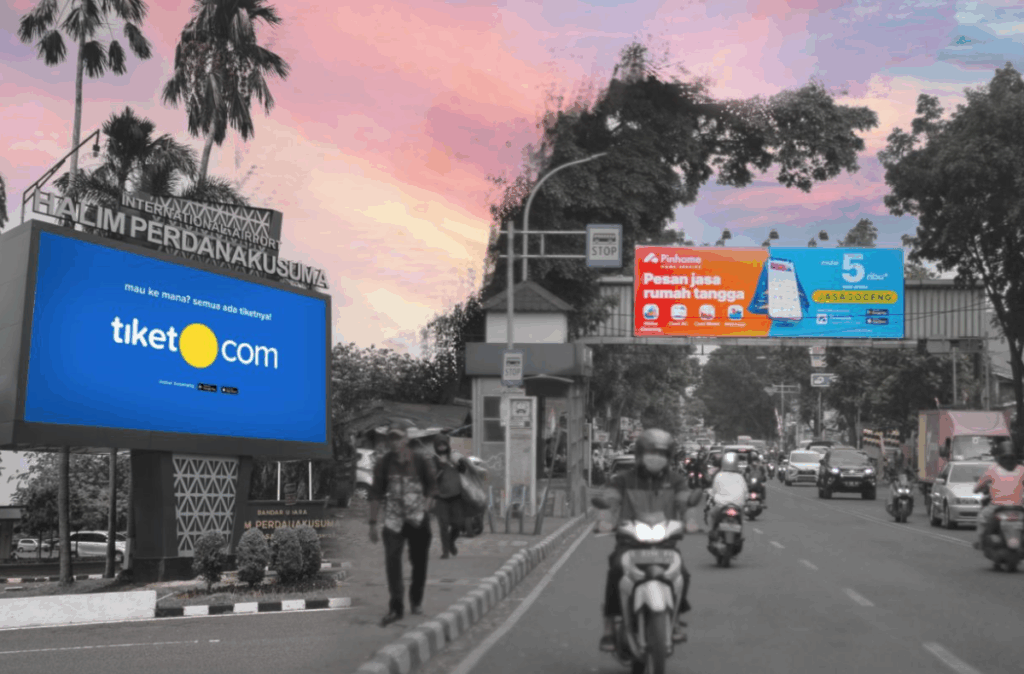
Q1: How much does it cost to install a 3D LED billboard in Uganda?
A1: Costs depend on size and resolution. Outdoor 3D LED screens typically range between $800–$1,500 per square meter. For a 200㎡ screen, the total investment may be $160,000–$300,000.
Q2: Do 3D LED billboards consume a lot of power?
A2: Average power usage is around 300–600W/㎡, depending on brightness and operating hours. Considering the advertising returns, energy costs are manageable.
Q3: Is maintenance complicated?
A3: Not really. Modern LED systems use modular designs—faulty pixels or panels can be replaced individually, and remote monitoring systems detect issues in real time.
Q4: Can all types of ads be turned into 3D content?
A4: No. 3D is best suited for products or dynamic visuals—like cars, beverages, or tech devices. Flat or text-heavy ads are less effective.
Q5: Is Uganda’s market ready for widespread 3D billboard use?
A5: Yes. With rapid urbanization and rising brand competition, advertisers—especially in major cities like Kampala—are increasingly investing in advanced digital formats.
5. Conclusion: The Long-Term Value of the Industry
The rise of 3D LED billboards in Uganda is far from a passing trend—it marks the next phase of Digital Out-of-Home (DOOH) evolution.
It’s not just a technological leap but a marketing transformation, turning passive advertising into interactive brand storytelling.
For Ugandan advertisers and brands, this is more than a new format—it’s a new growth frontier.
Embracing 3D LED billboards means seizing the strategic high ground in visibility, consumer engagement, and brand reputation. Those who move early won’t just be seen—they’ll be remembered.
References:


